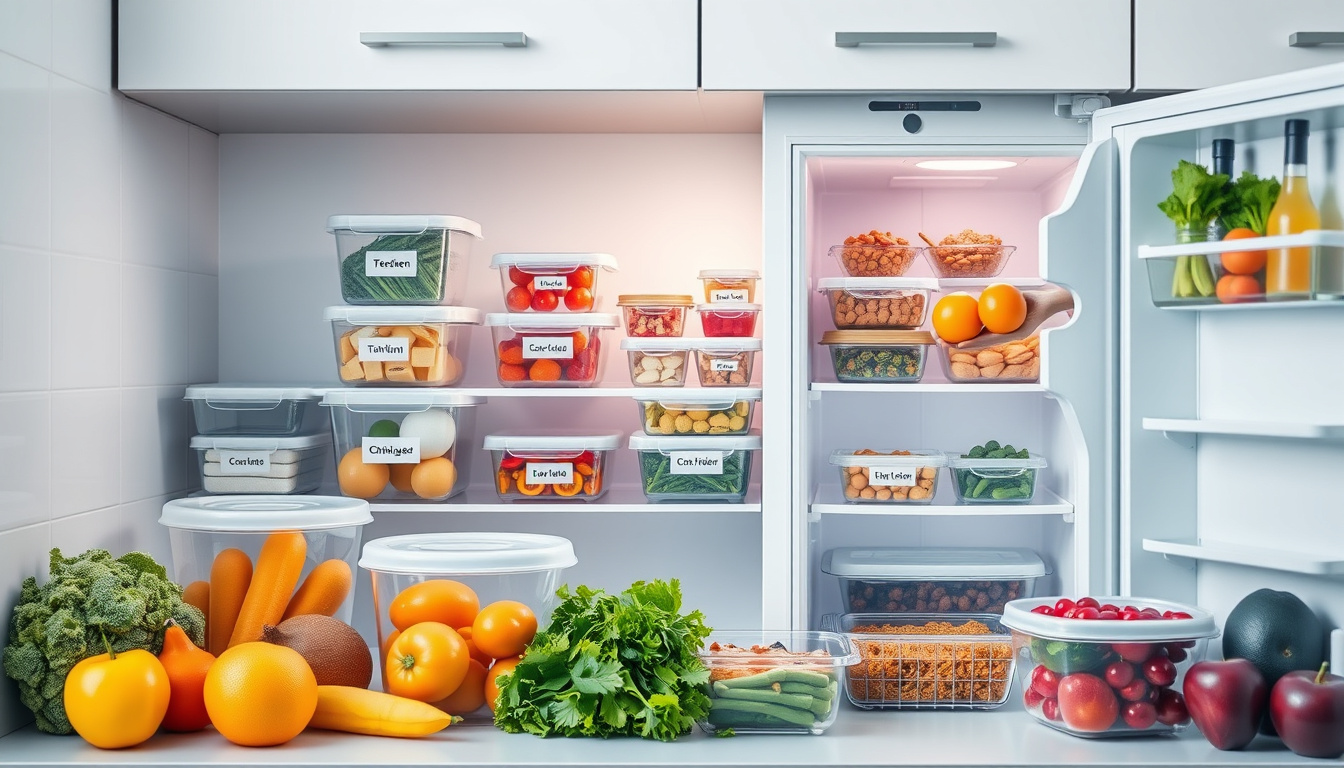Storing leftovers properly before freezing not only maximizes food safety but also ensures that your meals retain their flavor and quality. This guide will teach you the best practices for freezing leftovers, including when to do it, how to package them, and tips to avoid potential pitfalls.

Understanding Food Safety Guidelines
Foodborne illness is a serious concern in food storage, particularly with leftovers. The U.S. Department of Agriculture (USDA) sets key guidelines to prevent food spoilage and maintain food safety:
- Refrigerate or Freeze Promptly: Leftovers should be stored in the refrigerator within two hours after cooking, or one hour if the ambient temperature is above 90°F (32°C).
- Use the Danger Zone Wisely: The “danger zone” for bacteria growth is between 40°F and 140°F (4°C to 60°C). Food should be kept out of this temperature range for as little time as possible.
Best Practices for Freezing Leftovers
1. Cool Down Before Freezing
Before placing leftovers in the freezer, allow them to cool slightly at room temperature to hasten the freezing process. Bulk items should be divided into smaller portions to speed up cooling. However, do not leave food out for more than two hours (or one hour in warm conditions) to avoid bacterial growth.
2. Packaging Matters
How you package your leftovers is crucial for preservation. Here are some effective methods:
- Use Airtight Containers: Choose plastic or glass containers with airtight seals to prevent moisture loss and freezer burn.
- Use Freezer Bags: Resealable freezer bags are excellent for storing soups, sauces, and other liquid-based leftovers. Be sure to squeeze out excess air before sealing.
- Wrap it Well: For items like meats or casseroles, wrap them securely in aluminum foil or freezer paper before placing them in containers or bags.
3. Label and Date
To avoid confusion later, always label your leftover containers with the contents and the date they were frozen. This will help you track how long they have been in the freezer and prevent the consumption of spoiled food.
4. Understand Thawing Techniques
The way you thaw frozen food is just as important as how you prepare and freeze it. There are safe methods for thawing:
- In the Refrigerator: The best method is to transfer the food to the fridge for several hours or overnight, allowing it to thaw safely.
- Cold Water Bath: For faster thawing, place the food in a leak-proof bag and dunk it in cold water. Change the water every 30 minutes.
- Microwave Thawing: If you’re in a hurry, you can use the microwave, but ensure that the food is cooked immediately after thawing, as some areas may begin to cook during this process.
5. Know What Foods Freeze Well
Not all foods freeze equally. Here’s a quick guide:
Freezable Foods:
- Cooked meats and poultry.
- Soups and stews.
- Casseroles.
- Cooked grains like rice and pasta.
Foods to Avoid Freezing:
- Leafy greens (they wilt).
- Cream-based sauces (they can separate).
- Cooked eggs (they become rubbery).
Conclusion
Properly storing leftovers before freezing is essential to ensure food safety while preserving the taste and texture of your meals. By following these best practices—cooling promptly, packaging correctly, labeling, and understanding thawing methods—you can enjoy your homemade dishes long after they’ve been prepared, reducing waste and promoting a healthier lifestyle. Remember, when in doubt, refer to food safety guidelines to keep your meals safe and delicious!
>> Chest Freezer Reviews <<
>> Upright Freezer Reviews <<

